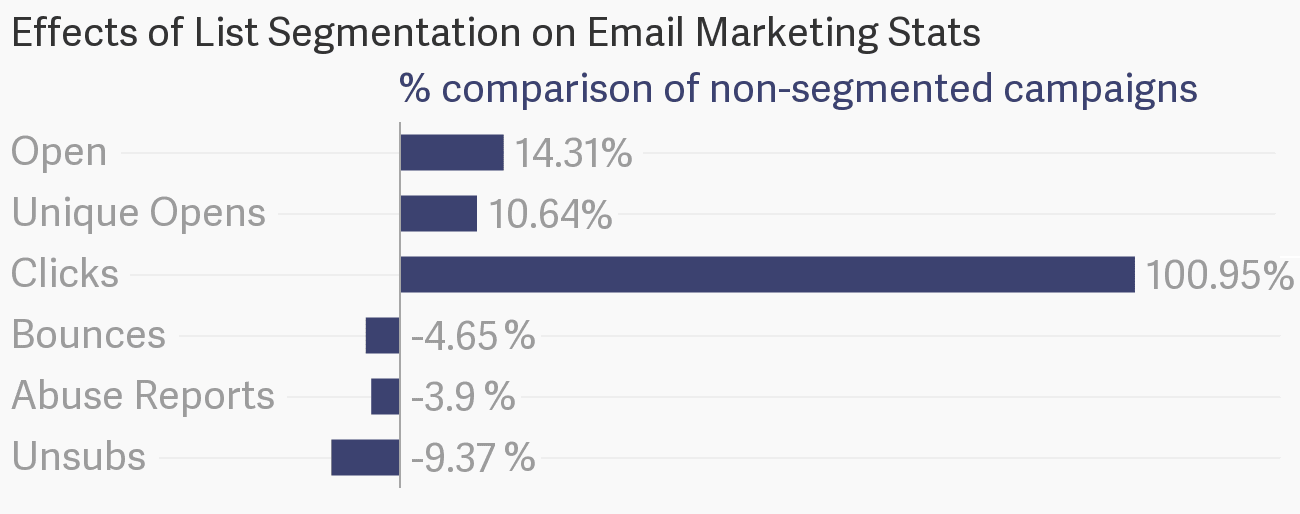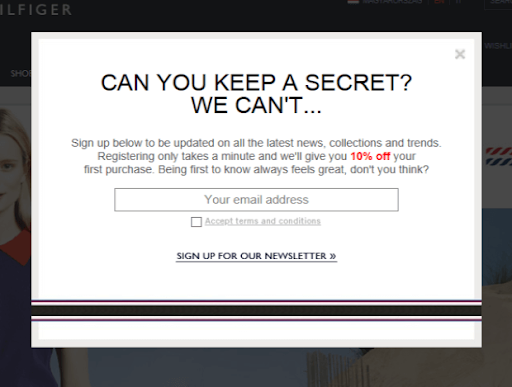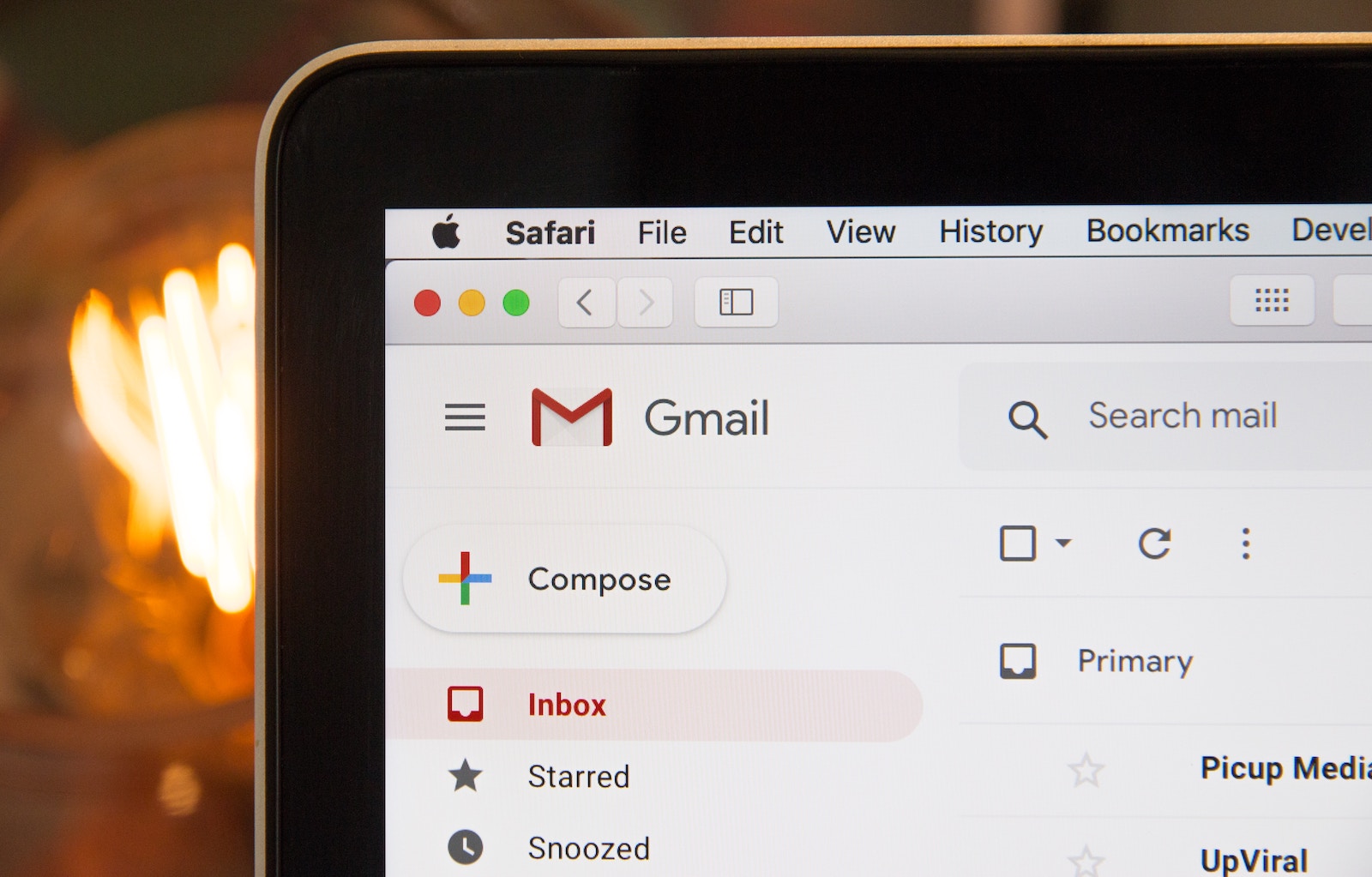Table of Contents
** Minutes
10 ways to build your email list
Keeping your email list healthy
Are you entertaining the idea of building an email list but have no idea where to start and what it entails? You’ve come to the right place.
Building an email list has never played a more instrumental role for ecommerce businesses. In fact, Rone, an activewear brand, generated nearly $80k in sales from its product launch by leveraging email lists as part of its marketing strategy.
What’s more, growing your email list is a great way to effectively and efficiently connect with your target audience at scale. But here’s the real kicker.
Most ecommerce brands don’t leverage email lists enough — and some don’t even have one (or know how to build one).
In this article, I’ll break down everything you need to know about building an email list and why it’s important. We’ll also go over recommend strategies to keep your email list healthy.
Let’s get started.
What is an email list?
An email list is a list of contacts who have opted into receiving information, updates, and other details related to your brand directly to their inbox. Email lists usually come in the form of subscribing for newsletter/sales notifications rather than using an email finder.
Email list marketing is one of the oldest and primary tactics to drive traffic to your website and communicate directly with your customers and has proven highly effective in today’s ecommerce space. Nowadays, it can be tempting to use tools such as ZoomInfo or alternatives to build email lists but read this article first to learn more about building your own list.
How emails drive sales
Email list marketing is one of the oldest and primary tactics to drive traffic to your website and communicate directly with your customers.
Building an email list has proven to be highly effective for ecommerce brands. In fact, the click-through rates for emails are 6x higher than tweets. Furthermore, emails are 40x more effectivefor acquiring new customers than Facebook and Twitter.
Apart from being a direct line of communication with your customers, here are 5 ways in which email lists have proven to increase sales:
1. Bring customers back to the site
Sending emails to your customers is a reminder that your business is out there, at their service and ready to meet their needs.
Think of your emails as a business development strategy that helps you to stay on your customer’s radar. Even the most subtle messaging can go a long way, implanting your brand name in your customer’s mind for them to be reminded of it at just the right moment.
Make sure you regularly clean your list by verifying email addresses, this will help you avoid bad or fake email addresses. Take this a step further by implementing simple segmentation and sending relevant emails based on what they signed up for, the pages they visited, or even the type of emails they open.


Source: SmartInsights
This is also helpful with first-time customers who may have planned for a one-off purchase. Keeping your customers engaged through email lists increases the chances of their return.
To substantiate this, research has shown that 81% of online shoppers who receive emails based on their previous purchases were likely to make a purchase as a result of a targeted email from a brand.
2. Notify customers of sales
By keeping your customers informed and up to date about new and upcoming products, you keep them on their toes and eager to hear from you about new sales.
Customers feel more valued when they receive the news straight to their inbox, rather than viewing it on another mass media platform. They can jump ahead on the new offers before everyone else!
In fact, purchases made through email marketing have the highest conversion rate (66%), when compared to social, direct mail, and more.
3. Promote content
Are you launching a new product line on your site? Are you revamping your brand with exclusive interviews with leaders and influential celebrities?
Promoting your content through email drives direct visibility into your new ventures for your customers.
For example, imagine you’re an ecommerce retailer selling high-end clothes. You start a podcast on your site discussing the latest fashion trends. You can directly invite customers to listen in through email alerts, letting them know what the topic is in advance. Alternatively, consider hiring a podcast agency to handle all tasks for you.
4. Send exclusive discounts
There’s nothing more delightful to a customer than opening up their email to an exclusive discount code in their inbox.
Offering exclusive discounts to your customers through email can “keep the spark alive” and encourage your customers to buy again.
5. Send first looks at new products
Sending your customers insights and exclusive looks into new products that are set to launch can help you gauge their interest. They will also have more information about the product, making the sale process smoother.
10 ways to build your email list
Many marketing experts have admitted that one of their biggest mistakes starting out was not building an email list.
Joe Pulizzi, founder of the Content Marketing Institute says, “Getting an email address is the first critical step to figuring out who my reader is, and hopefully in the future, my customer of some sort.”
And I couldn’t agree more. After all, emails are one of the primary touchpoints you have with your customer. Building a strategy around it will be beneficial to your sales.
Below are 10 different ways to build your email list:
1. Newsletter popups
Have you ever been browsing around a website and encountered a popup on the screen, encouraging you to sign up for a newsletter that is not only free but may include exclusive discounts? Exciting, isn’t it?
It will be for your customers too.


Source: OptinMonster
Newsletter popups are a great way to build an email list of an audience that is interested and keen to learn more about your business.
2. Offer discounts
“Want an attractive discount on your next purchase? Give us your email and we’ll send one straight over to your inbox!”
Discount pop-ups are one of the classic moves in the email list playbook and an effective one at that.


Source: FlauntMyDesign
Discounts are appealing to every customer out there and a foolproof way to build your list of customers that want good value for money (hint: it’s a huge number!)
3. Host giveaways
One of the best methods to spread word-of-mouth and build your customers’ awareness to your product is through giveaways.
How do they work?
All one has to do is enter their email address to have a shot at being one among a few select individuals who get your product for free.
Giveaways keep your customers excited, waiting to hear from your business and they also feel like they are part of something bigger.
4. Add sign-up options at checkout
It’s standard procedure for customers to provide their email address when they checkout online and buy your products. However, you can take this a step forward in your direction.
By including the option for them to sign up for further updates, you are inviting them to join your email list.
Utterly at their discretion, you respect their desire not to be included but also retain the customers who are truly interested and have a greater chance at being converted.
5. Close off content
Have you ever been on a website featuring an attractive article that has your mind tingling? You start to read and as you go further down, the text blurs out and a pop-up appears: “Sign up with your email to read more!”
If the content is catchy enough, you do it. This is called the “gated content” strategy. Likewise, you can use one to attract readers and customers.


Source: OptinMonster
By closing off content on your blog or website that is exclusive to those providing their email, you can build your email list. This is also helpful if you’re looking to build email lists centered around certain topics or products.
6. Use social media
Using social media is a great way to go about building a following for your email lists. For example, you can add links directly to the sign-up page for your website.
With the exponential growth of social media and social commerce, there are several attractive strategies you can use to increase your following across different platforms, some of which are listed briefly below:
- Initiate Twitter chats on topics of interest: this will help build a potential email list pool centered around a specific area
- Generate leads through Facebook ads: by optimizing your ads and carefully following the leads, as well as leveraging social media automation tools for better performance and engagement, you can build an email list for a specific campaign
- Host webinars with Hangouts: you can invite people for future sessions by asking them to join the email list
7. Add CTAs across your site pages
A call-to-action (CTA) is a button or text link that directs users to a certain action. For example, to buy a product, visit a site, fill out a form or more.
Most ecommerce businesses employ a CTA on their check-out page, but there is nothing stopping one from limiting you to spread CTAs throughout your site.
The one thing to keep in mind here: relevance. Spamming your site visitors with CTAs to join email and distribution lists at every corner is not a good idea.
Make sure you keep it tasteful and in line with the area of the site they are exploring.
8. Use exit-popups
Exit popups are similar to the discount-offering popups mentioned earlier in the article.
The only difference is it tempts a visitor that is about to leave your site into staying a little longer.
By popping up just as they are about to exit your website, you are teasing them with one last attempt to keep them hooked: a discount for an email proposition that is hard to turn down.
9. Trade downloads for emails
Do you offer free templates, how-to guides, or ebooks on your website?
Keep them free, but make it a requirement to provide an email for full access.
This lead magnet strategy also helps you keep track of those who are interested in your products or reading up about a certain thing. You can set follow-up strategies a couple days after their download to ask them for feedback on their experience, keeping them engaged.
10. Create landing pages
Landing pages are static pages designed to bring attention to and highlight a specific topic or product.
Using email list signups on optimized landing pages is an effective CTA in itself and can help you concentrate your efforts on a specific niche of customers.
Keeping your email list healthy
Once you’ve got your email list up and running, it’s important to maintain it. Having a healthy set of email list management practices will ensure the happiness of your customers and sales numbers.
1. Scrub your list often
Your list should remain relevant over time. It’s important to weed out low-quality subscribers or those that do not drive any results for your efforts. Some emails also become invalid or no longer exist.
It’s important to verify and audit your email list. Keep your list up to date to ensure that the work you’re putting in is for the right customers and recipients.
2. Stop sending emails to those that don’t open/click
Using tracking statistics, you can monitor the response to the emails that you send out.
If you’ve sent out five months worth of newsletters, for example, and the recipient hasn’t clicked or engaged with any of them, it’s probably worth removing from the list.
3. Add clear “unsubscribe” options
Customers can easily misconstrue your emails for spam if you don’t make it clear to them. After all, customers are always looking for ways onhow to stop spam emails.
It’s important to do this, not just by including your brand’s logo and name on top but also giving them the option to unsubscribe.
This is usually included at the bottom of the email for those who are looking to opt-out. It also makes it easier for you to eliminate recipients from the email list that are no longer a prospect.
4. Maintain a schedule
Form a schedule for the frequency of your emails.They should be consistent and give the impression to your customers that you are dedicated to deliver. For example, you can send emails every week, two weeks or on a monthly basis.
After all, your customers subscribed to you for a reason and are looking forward to seeing you in their inbox. Deliver consistently and on time.
5. Delete role accounts
Pro tip: emails that have “[email protected]” or “[email protected]” are role accounts.
These accounts need to be deleted. They are not indicative of “real” customers but admin/support emails and as a result, won’t derive any results in your sales.
6. A/B test emails
A/B testing for your emails is a great way to spot-check them before sending them.
A/B testing refers to a way of testing two versions (A and B) to see which version gets more clicks and engagement, determining the optimum approach.
By sending Version A to half of your test group and Version B to the other half, you can measure your results and find an email campaign format that works best for you. For inspiration, here is a list with 150+ email testing ideas.
Email lists: the start to sales
Social media is often thought of as one of the best approaches to driving sales for ecommerce brands, but building and managing your email list is one of the most valuable tools at your disposal. There are so many different, creative ways to build your list. The best thing to do is to start by understanding your audience and the type of content they crave, then build an email marketing strategy around that.
Forging a strong relationship with your customers by using email lists is a great way to cultivate your brand image and build a loyal following.
Conclusion
If you’re looking for new ways to improve your ecommerce marketing strategy in 2023, email is a great way to grow a list of loyal customers. As shown in the data above, email marketing for DTC brands can drive drive more traffic to your online store and boost sales significantly.
Want to learn more? Download our guide on How to Nail the Customer Experience below.



